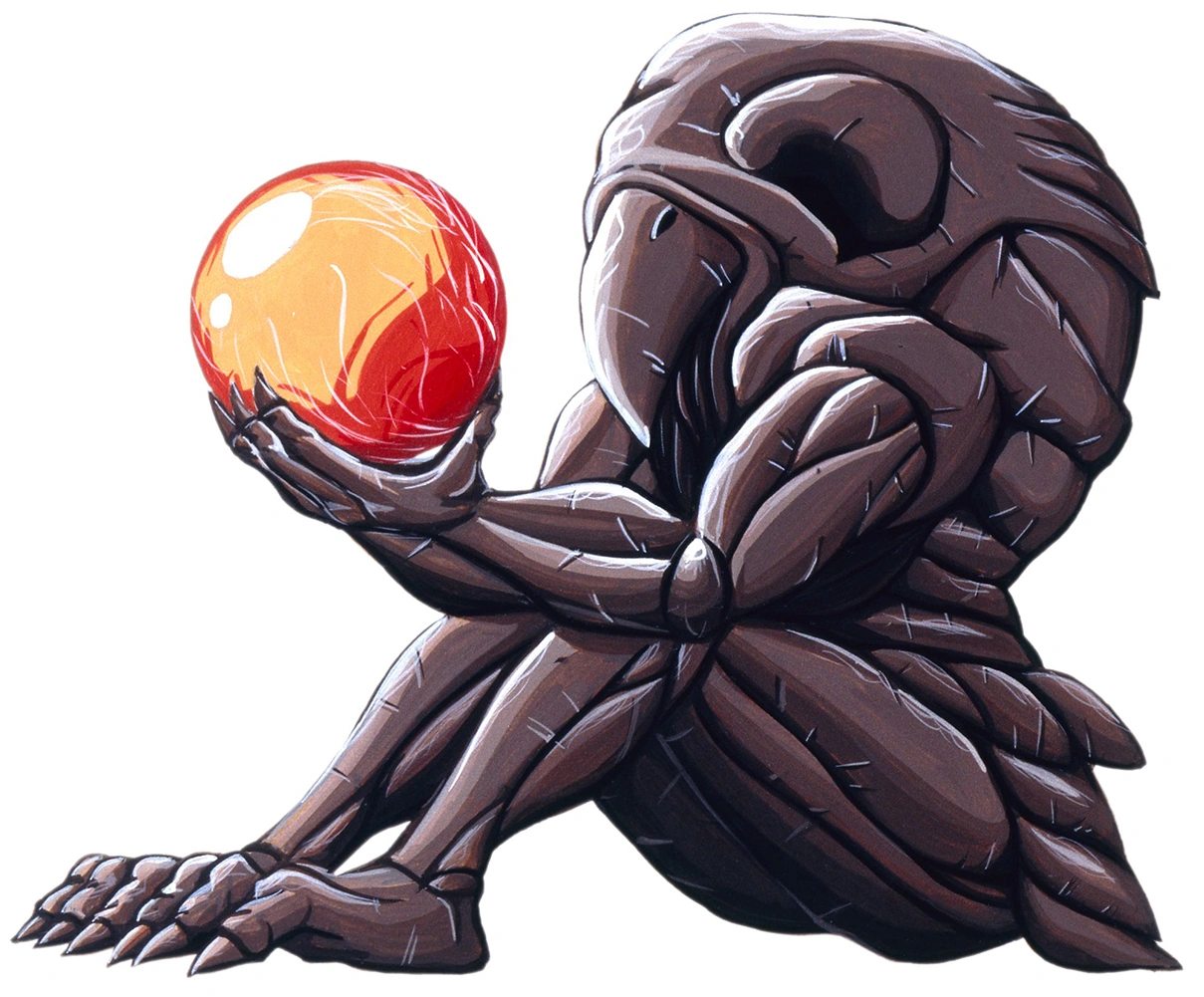“Bears have evolved to be these food-finding machines,” says Heather Johnson, a research wildlife biologist with the US Geological Survey Alaska Science Center and a member of the IUCN North American Bear Expert Team. Yet climate change is making it harder for them to find a meal in the wild. Bears prefer eating their natural foods—grasses, berries, pine seeds, and acorns. But droughts, for example, damage roots, shrivel berries on the vine, and force oaks to abort their acorns.
So bears are becoming increasingly likely to scavenge from people. They’re good at it. “I did my work in some of the wildest places in Colorado, about as far from roads as you could get,” Johnson continues. When natural food was scarce, the bears she studied “would beeline 20 miles as the crow flies to go to where there’s human developments, foraging on people’s orchards and trailer parks for garbage.” When bears seek out human food, that puts them at greater risk of conflict with people—one they are likely to lose.

